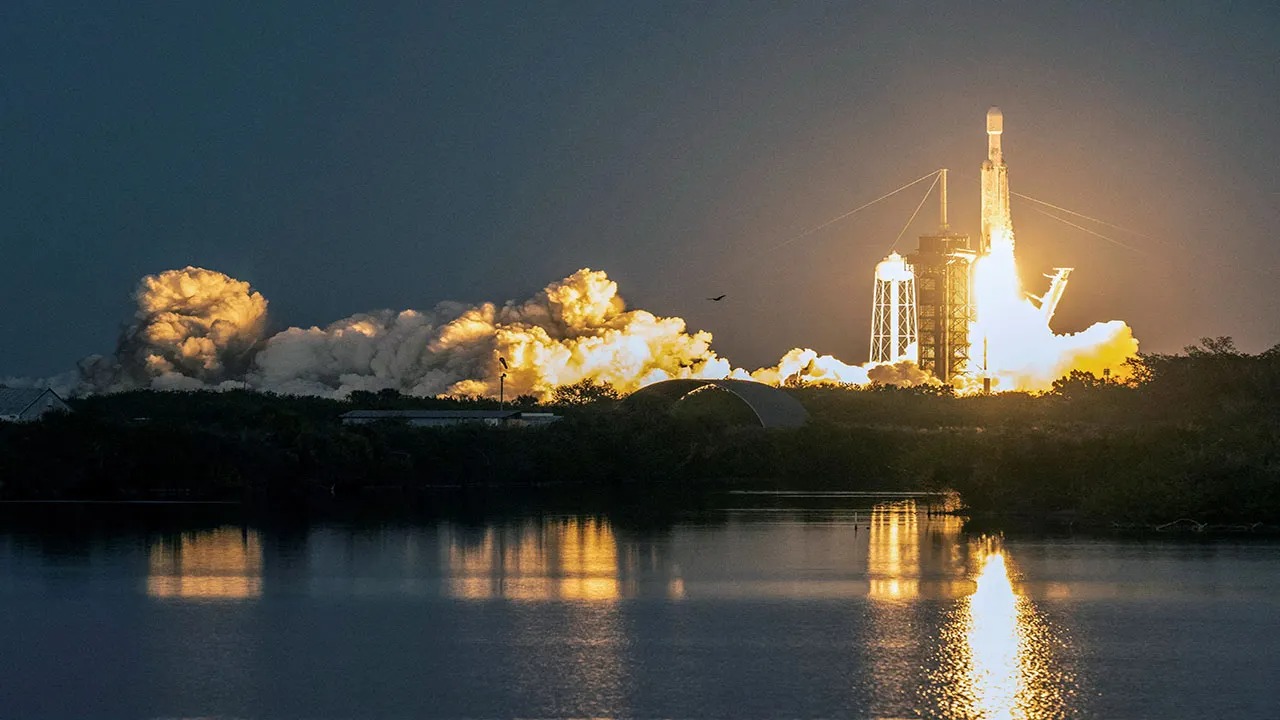On January 15, the launch of the Falcon Heavy rocket from SpaceX took place. The mega launch vehicle delivered national security cargo to the US military into orbit. The mission, called USSF-67, launched from the Kennedy Space Center in Florida, marking the fifth successful flight since the beginning of 2018. At first, the launch of this mission was announced on January 14, which was postponed for a day, the reason for the one-day delay remained unclear.

After the successful completion of the satellite delivery mission, SpaceX published an incredible 120-second video showing the launch of the Falcon Heavy into space, and then the synchronous landing of the boosters on the platform. Only two side boosters returned to Earth, and the central one continued to put the payload into orbit and, after completing the mission according to plan, burned up in the atmosphere.
Sped up tracking cam footage of Falcon Heavy from launch to landing pic.twitter.com/RKnRXEz7Gu
— SpaceX (@SpaceX) January 16, 2023
Powerful and cost-effective Falcon Heavy
Falcon Heavy is, in fact, three Falcon 9 boosters connected together. The return of the boosters allows SpaceX to reuse them for upcoming flights, which saves on space travel and offers better rates to customers who want to use the services of a commercial company to deploy satellites in space.
Until the end of last year, the Falcon Heavy was the most powerful operational rocket in the world, but in November it was shifted to second place by NASA’s Space Launch System. But SpaceX can later regain its status as a manufacturer of the most powerful rockets.
SpaceX hopes to transfer its landing technology to its next-generation rocket. The most powerful Super Heavy rocket with 33 engines and the Starship spacecraft are going to take off into space in the coming months. But the first flight will be a one-time for the accelerator to test the flight systems and put the device into orbit.
Earlier we reported on how the Falcon 9 was returning from space.
Follow us on Twitter to get the most interesting space news in time
https://twitter.com/ust_magazine
